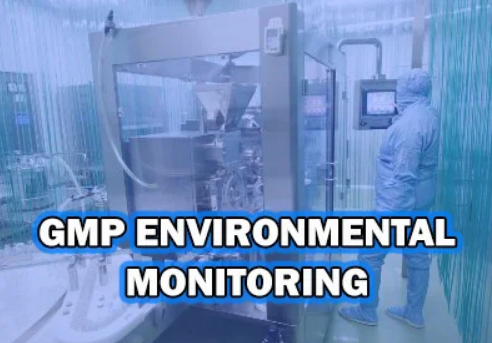ENVIRONMENTAL MONITORING INVESTIGATION TECHNIQUES FOR EFFECTIVE CONTAMINATION CONTROL
🎤 Carl Patterson | 📅 August 24, 2022 | 🕒 12 PM Eastern Time US
  | Areas Covered in the Session :
|
Description
This webinar will provide an overview of environmental monitoring and provide aspects of contamination control. Environmental monitoring is the method by which clean rooms are known to maintain a certain level of cleanliness. The methods by which clean rooms are monitored are through viable and non-viable testing. Through this testing, a room may demonstrate that it is out of control. This webinar will provide different avenues of approach to determine the source of contamination and how to deal with the contamination once the source is discovered.
Why You Should Attend:
Contamination issues lead to lengthy investigations and costly recalls. In recent years there have been a number of FDA actions related to contamination issues. Even the largest pharmaceutical multinationals are not immune, as evidenced by recent recalls of drug products. Ensuring the control of contamination within your facility is paramount to the survival of your organization. Creating an effective Contamination Control program is a key to minimizing these problems and ensuring that your company does not end up as the next TV or newspaper headline.This webinar will discuss various sources of contamination including aseptic processing, clean room classifications and alert/action limits. It will also provide an overview of an effective Environmental Monitoring (EM) program.
Learning Objectives:
- Provide background information on regulatory guidance on environmental monitoring
- Provide background information on environmental monitoring methods for viable and non-viable testing
- Correlate non-viable and viable results with the appropriate environmental monitoring controls
- Provide possible sources of contamination and possible corrective actions
- Provide possible preventative actions in order to prevent future contamination
- Provide case studies on contamination events
Who Should Attend :
- Quality Assurance Departments
- Quality Control Departments
- Research and Development Departments
- Regulatory Affairs Departments
- Manufacturing Departments
- Compliance Departments
- Microbiology Professionals
- Warehouse Managers
- Validation Departments
- Facilities / Maintenance Professionals
- Quality System Auditors
